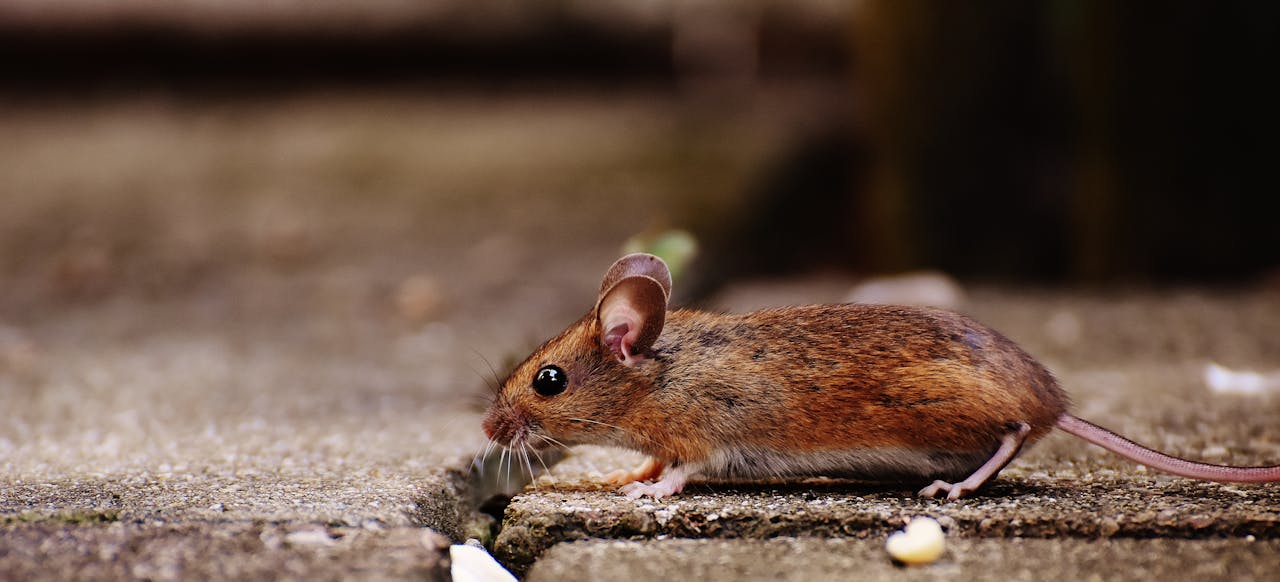Roof repairs are expensive and can be risky. Even a small mistake can cause water stains across ceilings and walls or allow moisture to rot sheathing and framing.
Some leaks will show themselves as marks on walls or ceilings, but the more serious kind of leak is one that works away quietly for years before causing major damage. The best way to prevent this is to work with Augustine’s professional roofing experts.
The Cost
A well-maintained roof is vital to your home’s comfort, resale value, and safety. But homeowners are often lured by the promise of cost savings when considering DIY projects instead of professional help.
While some repairs are certainly doable on your own, the truth is that it’s more expensive to take on a larger roofing project yourself than you might expect. For example, replacing a roof will require specialized tools and materials that you may not have lying around at home. Moreover, the time required for the job will likely exceed your expectations. Professionals can typically install a roof in a few days, while you might spend weeks or more completing the task on your own.
Another factor to consider is the costs of repairing or replacing damaged components as a result of your DIY efforts. For instance, leaks or structural damage caused by an improperly repaired roof will likely require extensive repair and replacement efforts. Similarly, improper attic ventilation and insulation will result in high energy bills and can worsen health issues like allergies or asthma.
Moreover, if you attempt to perform a roof repair that is not within your skill set, it could result in serious injuries or damages to property or people. Such incidents can lead to legal and insurance issues, which is far from the desired outcome of a DIY roof repair.
One of the most common mistakes DIY homeowners make is attempting to tackle a project that they are ill-fitted for. This can lead to a host of problems, including significant water leaks and voiding of active warranties.
Lastly, when it comes to DIY roofing projects, the quality of the materials used is crucial. You might be able to save some money by using lower-quality roofing materials, but these materials are more likely to experience damage or wear and tear quickly. In contrast, high-quality roofing materials are more durable and will last longer.
The bottom line is that when it comes to roofing, DIY projects can be dangerous and costly. For this reason, it is always wise to leave any major roofing work to the professionals, especially in order to maintain a safe and functional roof for years to come.
The Time
Many homeowners want to do DIY home projects to save money and feel a sense of accomplishment. However, some projects are best left to the professionals – like roof repairs. DIY roofing is a dangerous and time-consuming process that could result in costly mistakes, injuries, and even further damage to your home.
Roofing is a specialized skill that requires years of experience and knowledge to perform properly. Without this expertise, amateurs are likely to make a wide range of mistakes that can lead to severe roof damage and expensive repair bills down the line.
In addition to the cost of materials and tools, DIY roofing can also be very time-consuming. Depending on the complexity of your roof, you may spend days or weeks trying to complete the repairs. This extra time spent on the project will add up and potentially offset any initial savings you were hoping to achieve.
The biggest cost associated with DIY roof repairs is the potential for serious injury. Climbing onto a slanted roof can be dangerous, especially if you don’t have the proper safety equipment and training. Falling off the roof can cause a variety of injuries, from broken bones to paralysis. The cost of medical treatment and rehabilitation can easily exceed any initial savings from DIY roofing.
Homeowners should also consider the risk that they will void any manufacturer warranties or insurance coverage by performing their own repairs. Some manufacturers require that their shingles be installed by licensed contractors in order to qualify for warranty coverage. Likewise, several insurance companies will decline to cover a home that has undergone substantial renovations without prior evaluation and inspection.

The Risk
When a home maintenance issue arises, it is always tempting to take the DIY route. After all, most people are not professional home repair contractors, and there is a certain sense of pride that comes with taking on a task yourself rather than hiring someone to do it. However, there are some things that should always be left to the experts, and roof repairs are one of them.
Taking on roof repairs without the proper training and equipment can be very dangerous, especially for those who aren’t used to working on roofs. Those who are not properly equipped may suffer from severe injuries such as broken bones or head trauma. In addition, improper roof repairs can lead to further damage and expensive repairs down the road.
A common mistake homeowners make when trying to do DIY roof repairs is not properly assessing the extent of the problem. What seems like a small leak or missing shingle could actually be indicative of a much larger problem, such as rotting decking or mold growth. A professional can ensure that all underlying issues are addressed along with the repairs to prevent further problems down the road.
Another thing that many homeowners fail to consider when taking on DIY roof repairs is that they may void any warranties or insurance coverage associated with their home. Typically, roofing materials require professional installation in order to qualify for warranty coverage. If a homeowner attempts to do their own repairs, they may be putting their insurance and the value of their home at risk.
Finally, taking on DIY roof repairs can also be very hazardous to the health of a home’s occupants. Many people don’t realize that a leaky or damaged roof can cause mold, insect infestations, water damage, and energy inefficiencies. If a person becomes sick or injured due to working on their roof, they may be facing costly medical bills and even potential lawsuits.
If you are thinking about tackling a roof repair project on your own, be sure to weigh the pros and cons carefully. There are many reasons why you should leave it to the professionals instead of making a costly mistake that could end up costing you more in the long run.
The Damage
Many people try to save money by taking on DIY projects around the house. From planting a garden to updating patio furniture, many homeowners enjoy the sense of accomplishment and pride that comes with being able to do things on their own. However, there are some home improvement tasks that are best left to the professionals. One of these is roof repairs.
Roofing is a highly specialized skill that requires a deep understanding of proper nailing techniques, equipment usage, and the intricacies of various roof structures. Without this knowledge, even the most well-intentioned homeowner can do more damage than good. Often, these mistakes can lead to leaks or other more severe structural damage, which can be costly to fix.
There are also times when an inexperienced homeowner will further damage the roof during the repair process. Walking on the shingles can cause them to tear and lose granules, nailing into a roof flashing may puncture it, or simply placing a nail in the wrong place can exacerbate existing problems like leaks or wood damage. Lastly, some insurance policies require that roofing work be done by licensed professional roofers. Trying to do the job yourself will void these warranties, potentially costing you more money in the long run.
A poor quality roof is not only expensive to repair, but it can also decrease your home’s value and lead to more frequent repair needs. A professional will use high-quality materials that will last longer and help protect your home from future damage and prevent the need for costly repairs.
In this day and age of online tutorials, it can be tempting to assume that you know more than the professionals. Unfortunately, this is usually not the case. DIYers tend to choose the cheapest materials, thinking that a “shingle is a shingle.” However, these low-quality materials will wear down faster and lead to more frequent repairs.
If you’re looking to save time and money, skip the DIY approach and leave your roof repairs to the professionals at dayton roofers. They’ll ensure your roof is secure and able to withstand the elements, keeping your home safe and sound for years to come.

